Abstract:
Background: Zinc is an essential nutrient, and its deficiency affects the normal human growth and development. Objective: The main aim of this study was to investigate the nutritional status of zinc using serum zinc and dietary zinc intake in a series of children with chronic disease and obesity.
Methods: A cross-sectional study was carried out in 24 patients (15 female). Anthropometric measurements and blood tests were performed. Hypozincemia was determined by serum zinc concentration by atomic absorption spectrophotometry and zinc deficiency in the diet by prospective 72-h dietary surveys.
Results: The mean serum zinc concentration of 87 μg/dL and dietary zinc intake of 81% of the dietary reference intake (%DRI) were normal. Two out of 24 obese patients (8%) had hypozincemia and fourteen (58%) had a deficient zinc intake. Two adolescents with a low zinc content in the diet had hypozincemia. The remaining twelve patients (50%) with deficient zinc intake without hypozincemia would present a high risk of marginal zinc deficiency. Linear regression analysis shows a positive and significant association between serum zinc concentration and wrist circumference (r = 0.229, p = 0.018), magnesium intake (r = 0.244, p = 0.014), and serum iron (r = 0.228, p = 0.021); and dietary zinc intake with iron intake (r = 0.366, p = 0.002) and prealbumin (r = 0.303, p = 0.010). Multiple regression analysis shows that wrist circumference and serum iron had a meaningful association with serum zinc levels (r = 0.487, p = 0.008).
Conclusion: Serum zinc levels were associated with nutritional status, expressed as wrist circumference, magnesium intake and serum iron; and dietary zinc intake with iron intake, and prealbumin. This situation with 50% of marginal zinc deficiency and 8% with hypozincemia should alert us to a high risk of zinc deficiency in this series of children with chronic disease and obesity.




